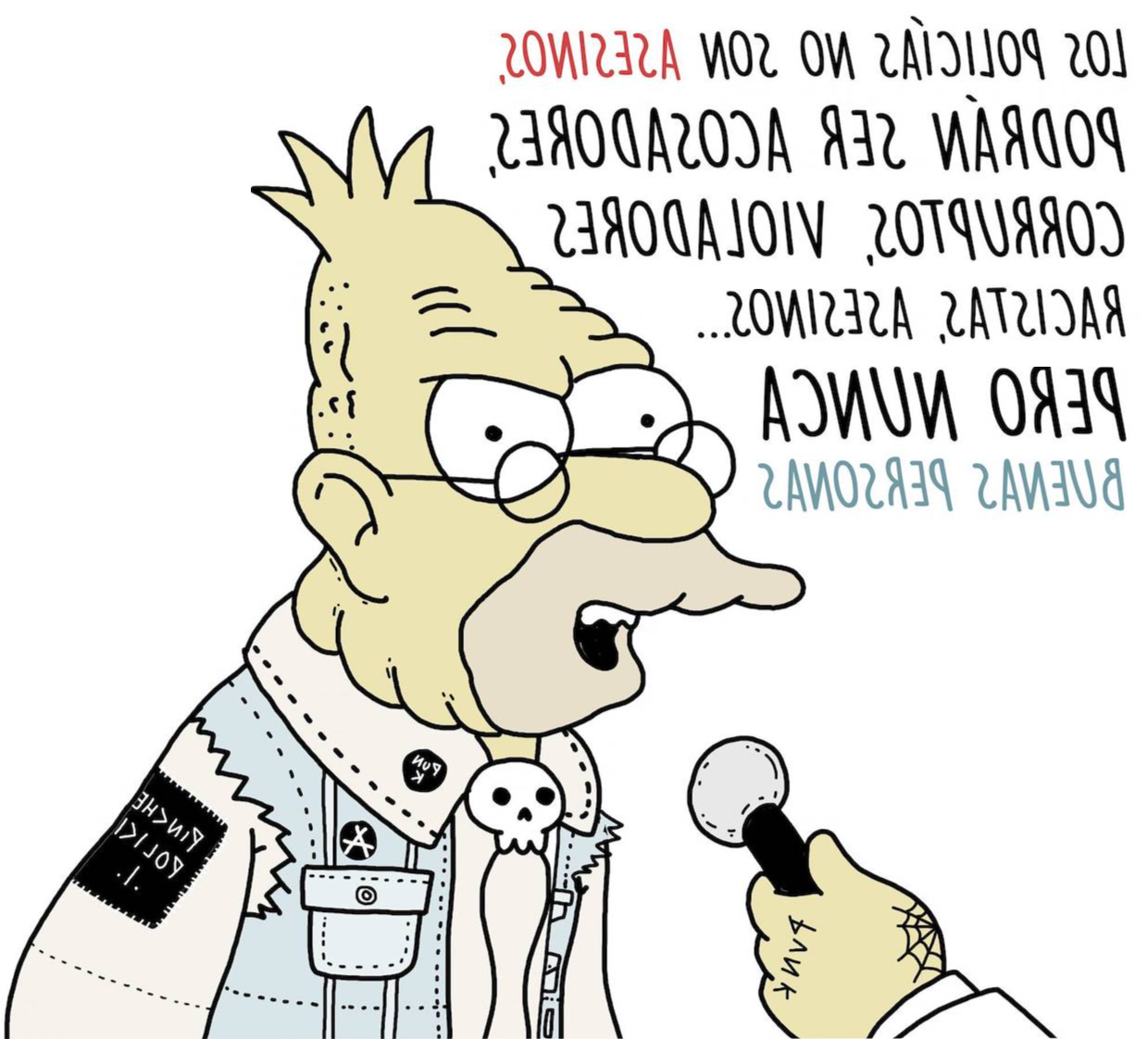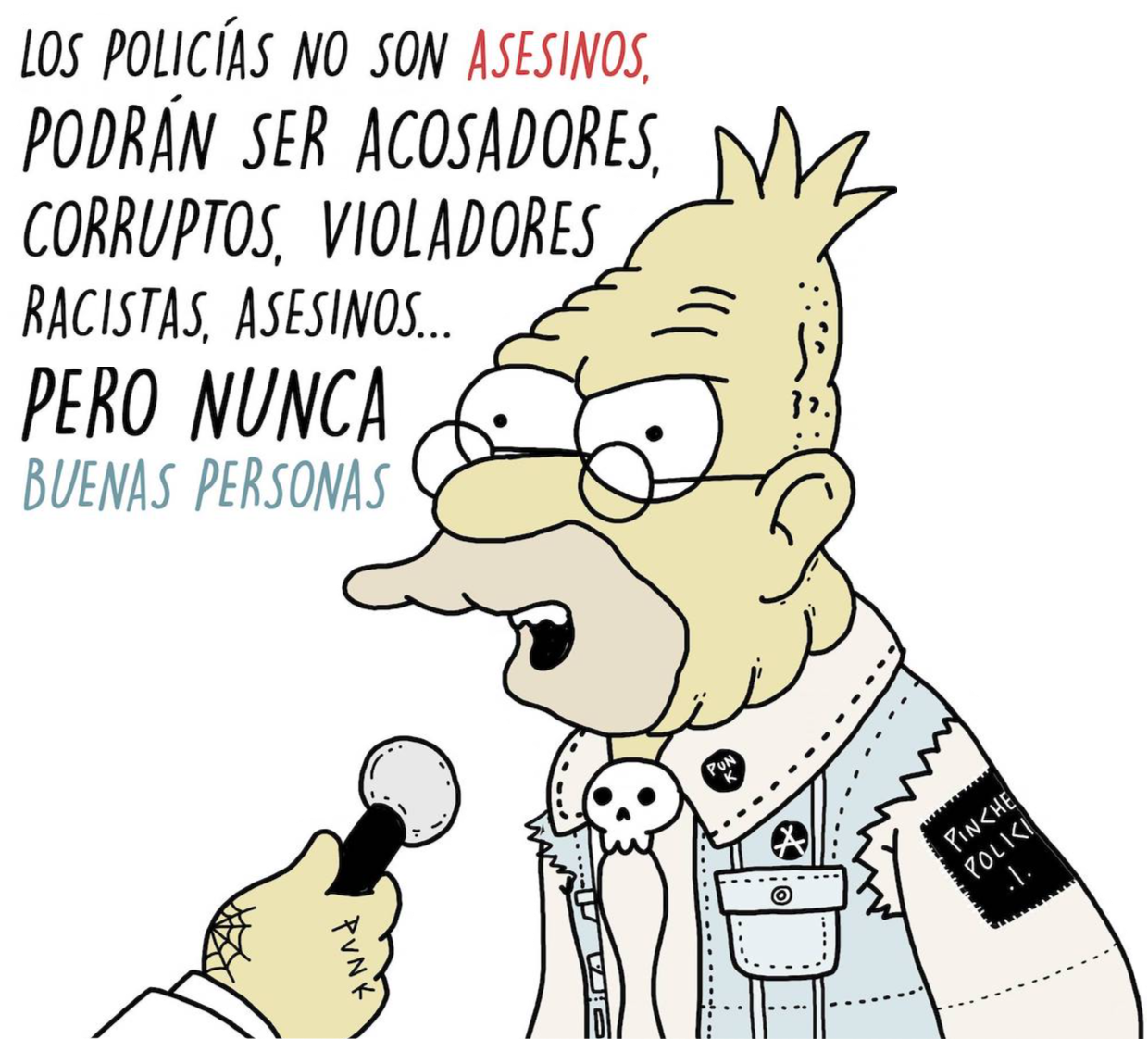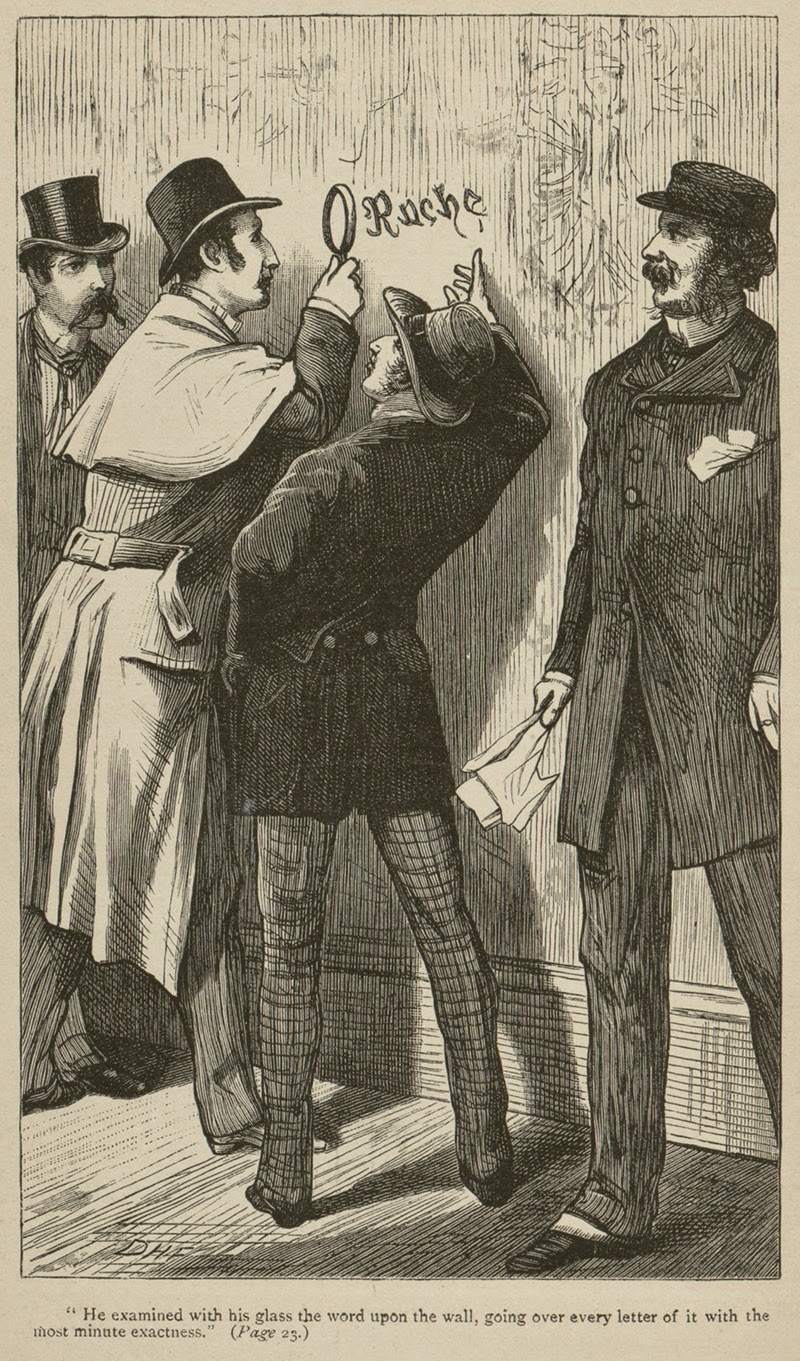


レッドヘリング
the red herring



☆
レッド・ヘリング(red
herring)とは、関連する、あるいは重要な問題から誤解を
招いたり、注意をそらしたりするもののことである。論理的誤謬である場合もあれば、読者や
聴衆を誤った結論へと導く文学的装置である場合もある。レッドヘリングは、推理小説や修辞戦略(政治など)の一部として意図的に使用されることもあれば、
議論において不注意に使用されることもある。
この用語は1807年にイギリスの極論家ウィリアム・コベットによって広められた。彼はウサギを追う猟犬の注意をそらし、気をそらすために強い香りの燻製
魚を使ったという話をした。
| A red herring
is something that misleads or distracts from a relevant or important
question.[1] It may be either a logical fallacy or a literary device
that leads readers or audiences toward a false conclusion. A red
herring may be used intentionally, as in mystery fiction or as part of
rhetorical strategies (e.g., in politics), or may be used in
argumentation inadvertently.[2] The term was popularized in 1807 by English polemicist William Cobbett, who told a story of having used a strong-smelling smoked fish to divert and distract hounds from chasing a rabbit.[3] |
レッド・ヘリング(red
herring)とは、関連する、あるいは重要な問題から誤解を招いたり、注意をそらしたりするもののことである[1]。論理的誤謬である場合もあれば、
読者や聴衆を誤った結論へと導く文学的装置である場合もある。レッドヘリングは、推理小説や修辞戦略(政治など)の一部として意図的に使用されることもあ
れば、議論において不注意に使用されることもある[2]。 この用語は1807年にイギリスの極論家ウィリアム・コベットによって広められた。彼はウサギを追う猟犬の注意をそらし、気をそらすために強い香りの燻製 魚を使ったという話をした[3]。 |
In
the mystery novel A Study in Scarlet, the detective Sherlock Holmes
examines a clue which is later revealed to be intentionally misleading. |
推理小説『緋色の研究』の中で、名探偵シャーロック・ホームズがある手
がかりを調べるが、それが後に意図的なミスリードであることが判明する。 |
| https://en.wikipedia.org/wiki/Red_herring |
リ ンク
文 献
そ の他の情報
Copyleft, CC, Mitzub'ixi Quq Chi'j, 1996-2099
☆
 ☆
☆